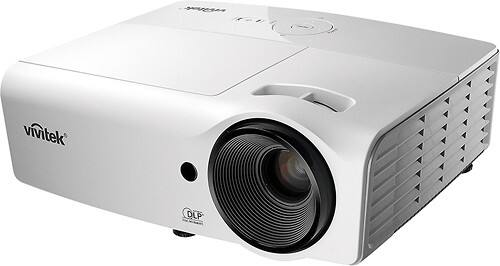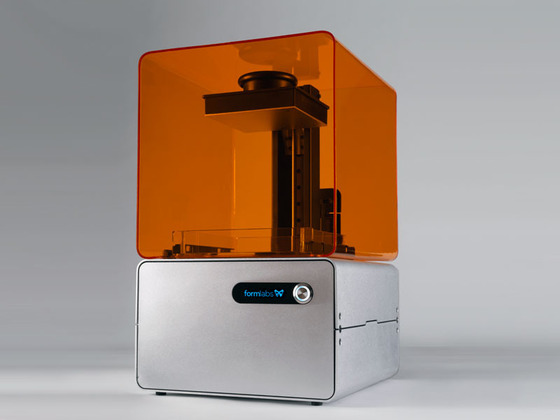These last few months have been
nothing short of difficult for the Saratoga InvenTeam. The class has faced
challenges and setbacks nearly weekly as we strive to complete our printer by
the end of the year. From botched stepper motor drivers, to shoddily made
wooden mockups, our lows have been down there. However, we have had our fair share of achievements: the class has programmed the stepper motor, completed part of an amazing graphical user
interface (GUI), created templates for ease of printing with small part, built a sturdily made second prototype, and completed
resin testing.
My job as Project Manager entails
delegating work, motivating students, devising a way to hold people to what
they say they will complete, as well as providing an image, keeping the class
on track, and keeping the class working efficiently. We’ve recently set about a new approach to
increasing productivity to have students own up to what they have
accomplished, letting them feel proud when they’ve completed outstanding work. Each group has to face the class in two week presentations, and “create” some new motivation as they stand in front of their peers and explain their progress. It goes without saying, not having much to show for these presentations could prove to be slightly embarrassing. Also, sitting down with students
on an every-other week basis to create goals, has also contributed to our
success as we move forward.
The next few months won’t be easy,
with a laundry list of tasks to complete. We still have to get the slicing working for the .stl
files, create an aesthetically pleasing design, and market our product to the
public, but I’m positive the class has what it takes to come out in June with a
product that we are proud to stand behind.


.JPG)





.JPG)

.JPG)
.jpg)
.JPG)






.JPG)



.JPG)







.JPG)



